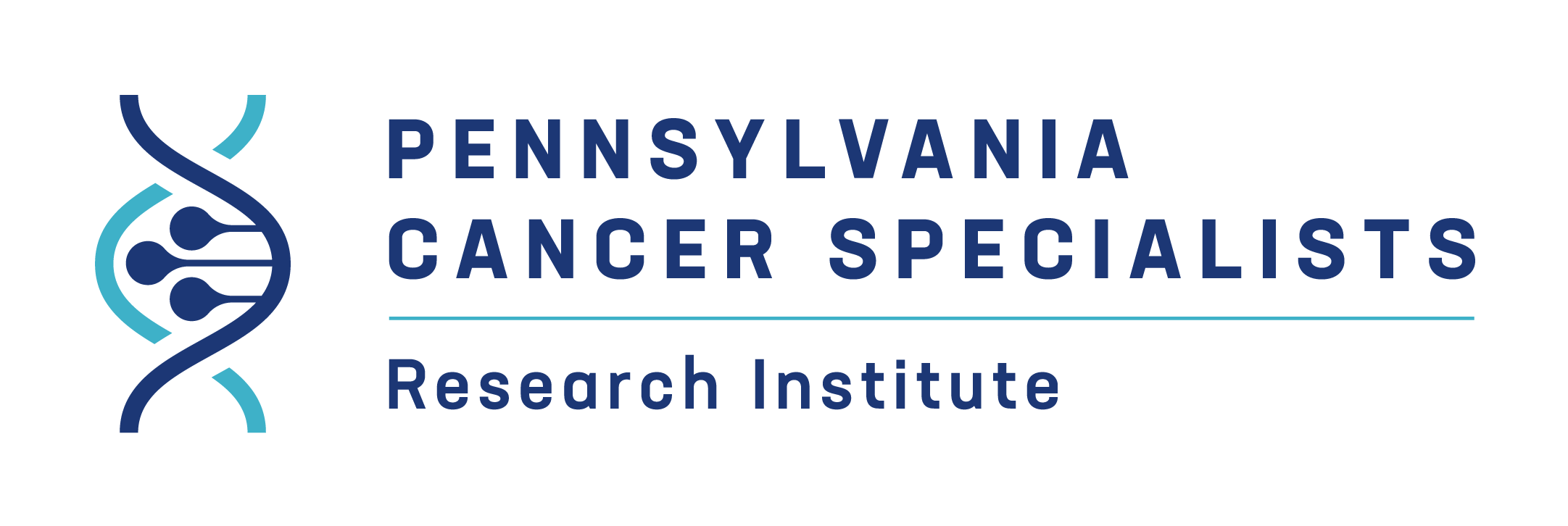Spring Into Sun Safety
As we head into summer, many of us eagerly anticipate spending more time enjoying outdoor activities. Whether it's beach days, hiking trails, or simply relaxing in the backyard, the sun's warmth invites us outside. While the sun provides many benefits, like vitamin D production and mood enhancement, it is important to protect your skin from the rays for your long-term health.
May is Skin Cancer Awareness Month, a time to highlight how proper sun safety can significantly decrease your risk of skin cancer, particularly Melanoma.
What is Melanoma and Why Awareness Matters:
Though less common than other skin cancers, melanoma is more dangerous because of its ability to spread rapidly to other parts of the body if not detected early.
By spreading awareness about all types of skin cancer symptoms and prevention strategies, we can encourage more people to identify potential concerns sooner.
How to Protect Your Skin
Protective Clothing & Accessories:
One of the simplest ways to shield yourself from harmful UV rays is through what you wear:
UPF-rated clothing: Find clothing with the highest UPF rating.
Wide-brimmed hats: Protect your face, ears, and neck with hats that provide generous shade at least 3 inches all around.
UV-blocking sunglasses: Shield your eyes and the delicate skin around them from sun damage and reduce the risk of cataracts.
Best Practices for Shade & UV Protection:
The best way to protect yourself from UV rays is to stay in the shade like under a tree or umbrella) especially during peak sun hours (10am to 2pm). If you are in the sun, it is essential to use UV protection, like sunscreen. Use sunscreen with an SPF of 30 or higher on all exposed skin, and reapply every two hours or after swimming or heavy sweating. Commonly missed areas include ears, the back of neck, tops of feet, and along hairlines.
The Dangers of Tanning Beds & Sunburns:
Both tanning beds and sunburns expose your skin to harmful UV radiation, significantly increasing the risk of skin cancer. For safer alternatives, consider sunless tanning products if you desire a bronzed look.
How to Perform a Skin Self-Check:
Regular self-examinations help you identify potential skin cancer early. Set aside 10 minutes each month to thoroughly check your skin:
- In a well-lit room, look closely at your entire body, both front and back, in a mirror.
- Check under your arms and on both sides of each arm. Be sure to look at the backs of your upper arms, which can be hard to see.
- Bend your arms at the elbow and look at both sides of your forearms.
- Look at the tops and palms of your hands.
- Look at the front and back of both legs.
- Look at your buttocks and between them.
- Examine your genital area.
- Look at your face, neck, back of your neck, and scalp. Use both a hand mirror and a full-length mirror, along with a comb, to see areas of your scalp.
- Check your feet, including the soles and the spaces between your toes.
- Ask someone you trust to help examine hard-to-see areas.
What to Look For: The ABCDEs of Melanoma
When examining moles or spots on your skin, remember these five warning signs:
A - Asymmetry: One half of the lesion does not match the other half.
B - Border: The lesion has irregular, notched, or scalloped borders.
C - Color: The lesion has multiple colors, including brown, black, red, white, or blue.
D - Diameter: The lesion is larger than 6 millimeters (about the size of a pencil eraser).
E - Evolving: The lesion is changing in size, shape, color, or other characteristics.
Remember, sun safety isn't just about avoiding cancer; it's about maintaining healthy, beautiful skin for life. Small preventative steps today can make an enormous difference in your skin's future. So, stock up on sunscreen, invest in UPF clothing, schedule a professional skin check with a dermatologist, and teach your loved ones about sun safety. Your skin will thank you!


